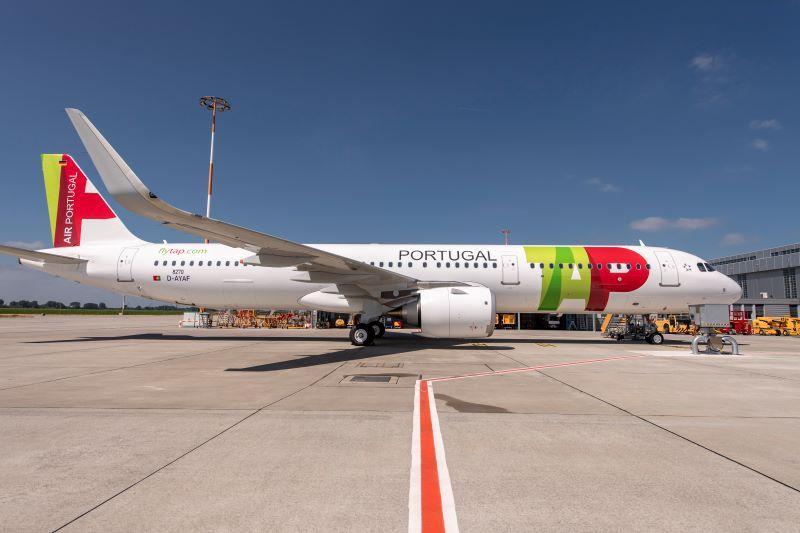
European airline group IAG has been linked with a buyout of Portuguese flag carrier TAP.
Airline consolidation remains a live theme in aviation, with big mergers being pursued across North and South America and Asia.
In Europe, meanwhile, International Airlines Group (IAG) has been touted as a potential purchaser of TAP Portugal, which would give it greater heft in its competition with rival European airline groups Air France-KLM and Lufthansa.
Aside from the obvious economies of scale that result, airline groups can also access efficiencies and synergies in the aftermarket to further drive down costs.
For example, Lufthansa Group centralized engine planning in 2022, allowing it to focus on long-term lifecycle management of its engine.
Such planning looks out as far as the phase-out of a new engine, and consists of a “very detailed near-term, a detailed mid-term and a rough long-term period”, says Michael Kaye, managing director, Lufthansa Group Engine Management, in an interview with Inside MRO.
Prior to the centralization, “removal planning and workscoping was done at each airline, depending on the local fleet structure focusing on the duration the aircraft was assigned to this airline”, he adds.
Kaye notes that maintenance planning benefits from standardization among the group airlines.
“More time can be invested in creating a work package when it is applied to more engines. Standardization, in areas such as modification implementation, also makes it easier to use engines at different airlines.”
Standardization also improves the depth and usefulness of data gathered from group engine operations and maintenance, which in turn can better inform communications with the engine OEMs.
“An OEM has an intrinsically strong position in comparison to a single airline. The only answer to this is to work together on a group level.”
There are also benefits for spare engine management, he says, “by combining the engines for all group airlines inventories can be shared improving access and lowering cost. Shared spare engines have a higher utilization.”

